For generations, the S&D Mill and the Dearnley Family have been spinning wool throughout their four-story brick building in the heart of Millbury, Massachusetts. A town, in earlier days, known for its booming mill village. Nowadays, some mill buildings are vacant, others have found new purposes as apartments or businesses and some remain in a similar condition to that of the early 1900s.
Walking into S&D felt very much like walking back in time. I had never seen machinery quite like this before. Capable of so much input and output while not being run by today's technology. These machines and their gears and belts are in great running condition after working for more than eighty years. And at the heart of the building are, of course, the people who’ve lived through all of the ins and outs of the wool spinning process.
Meet John & Strickland:
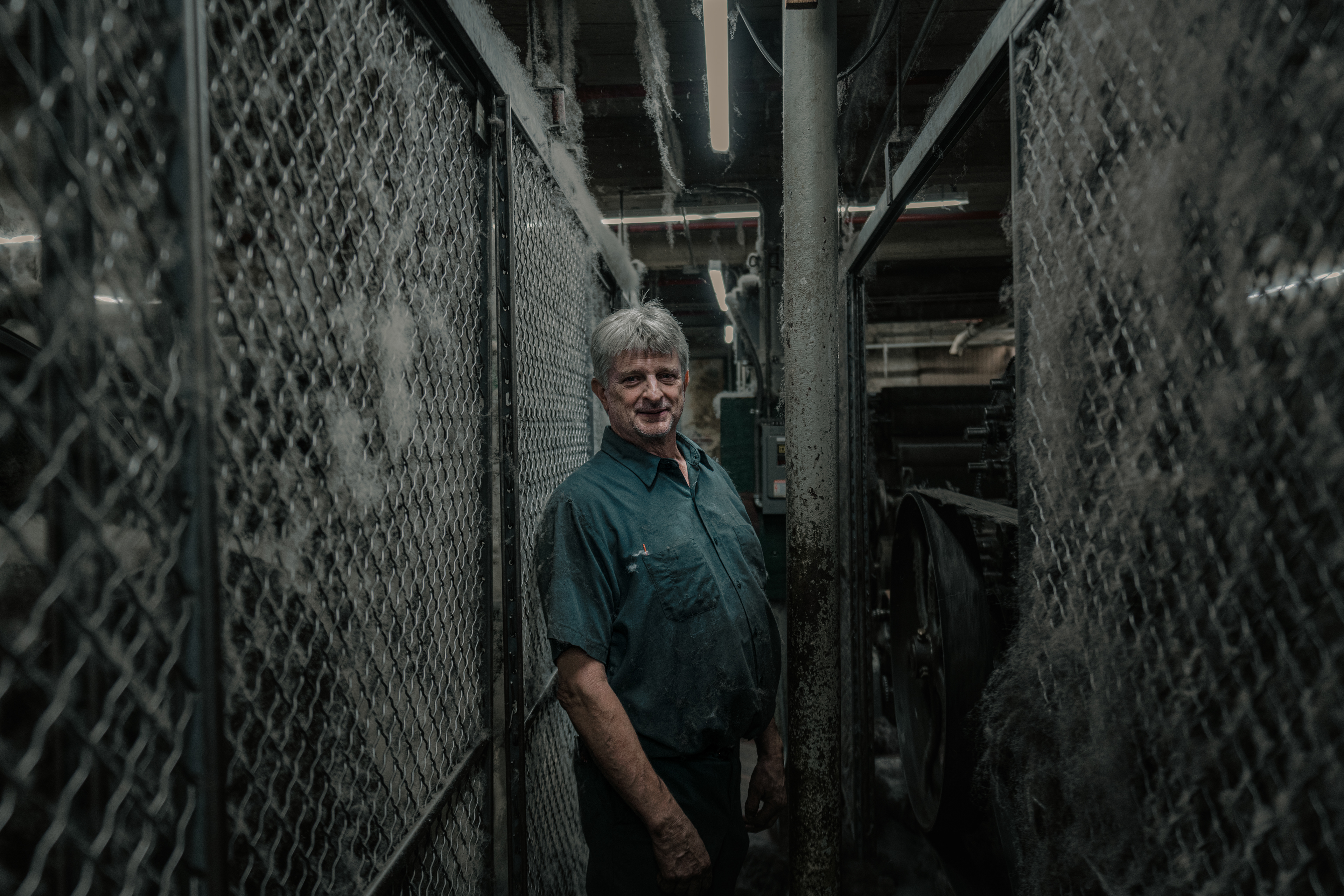
John Dearnley, Vice President, has worked at S&D ever since he was fifteen years old learning the ropes from his grandfather. The extent of his knowledge around this operation comes from a lifetime of experience coupled with a passion for the craft.
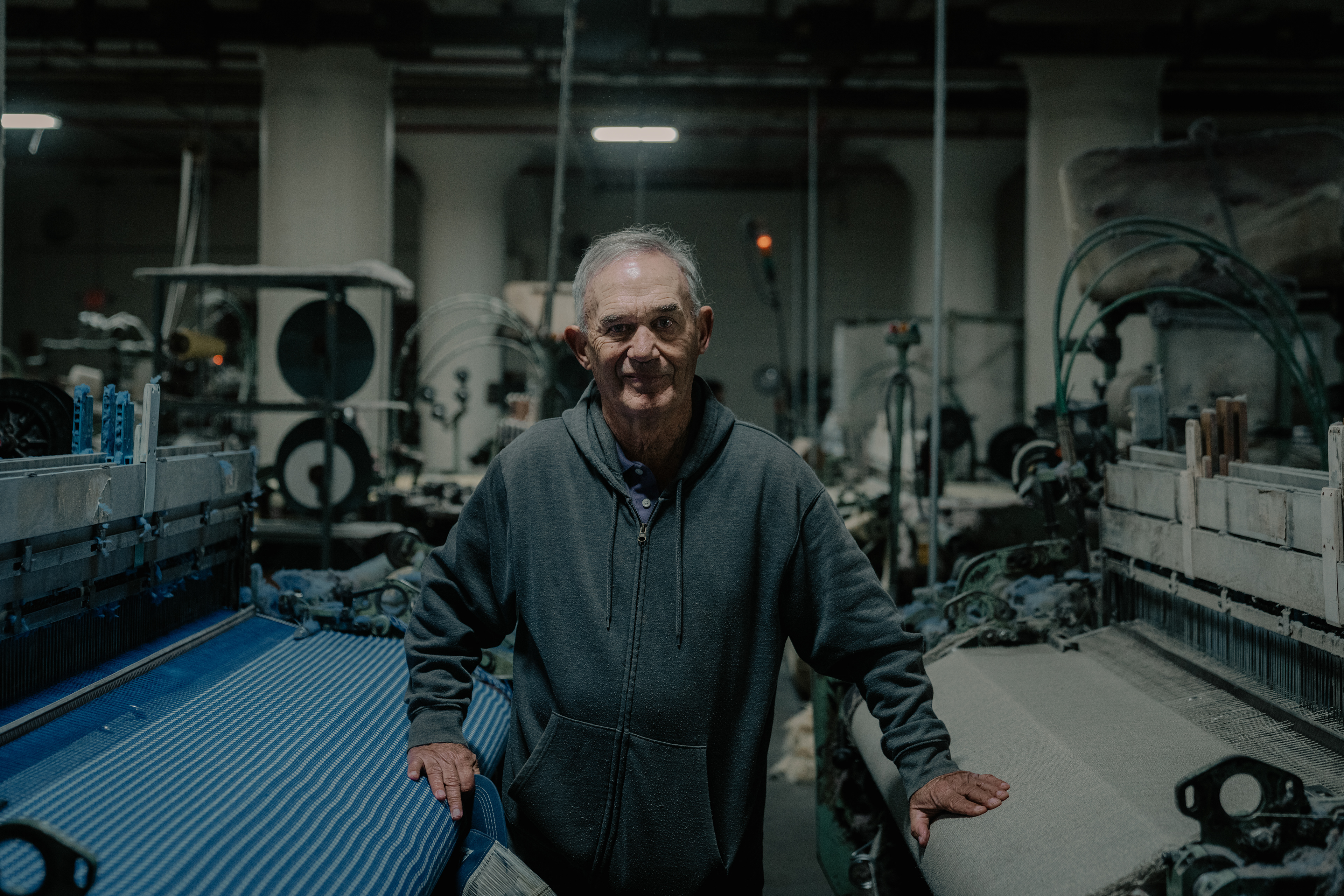
Strickland Wheelock, A Textile Genius, provided a full tour of the mill and its connecting operations. He, too, has a long family history working with textiles and spinning wool in both Uxbridge and Millbury, MA.
Together, John, Strickland, and I walked along the inner makings of the Mill. We took the utility elevator down to the first floor and started to walk between the carding machines. Machines so loud you’d really have to lean in to each other to ask questions and hear the answers. These machines span 30+ feet and their processes involve a series of detangling, cleaning, and separating the wool with the end goal to make this wool suitable for spinning.
The Carding Machines:
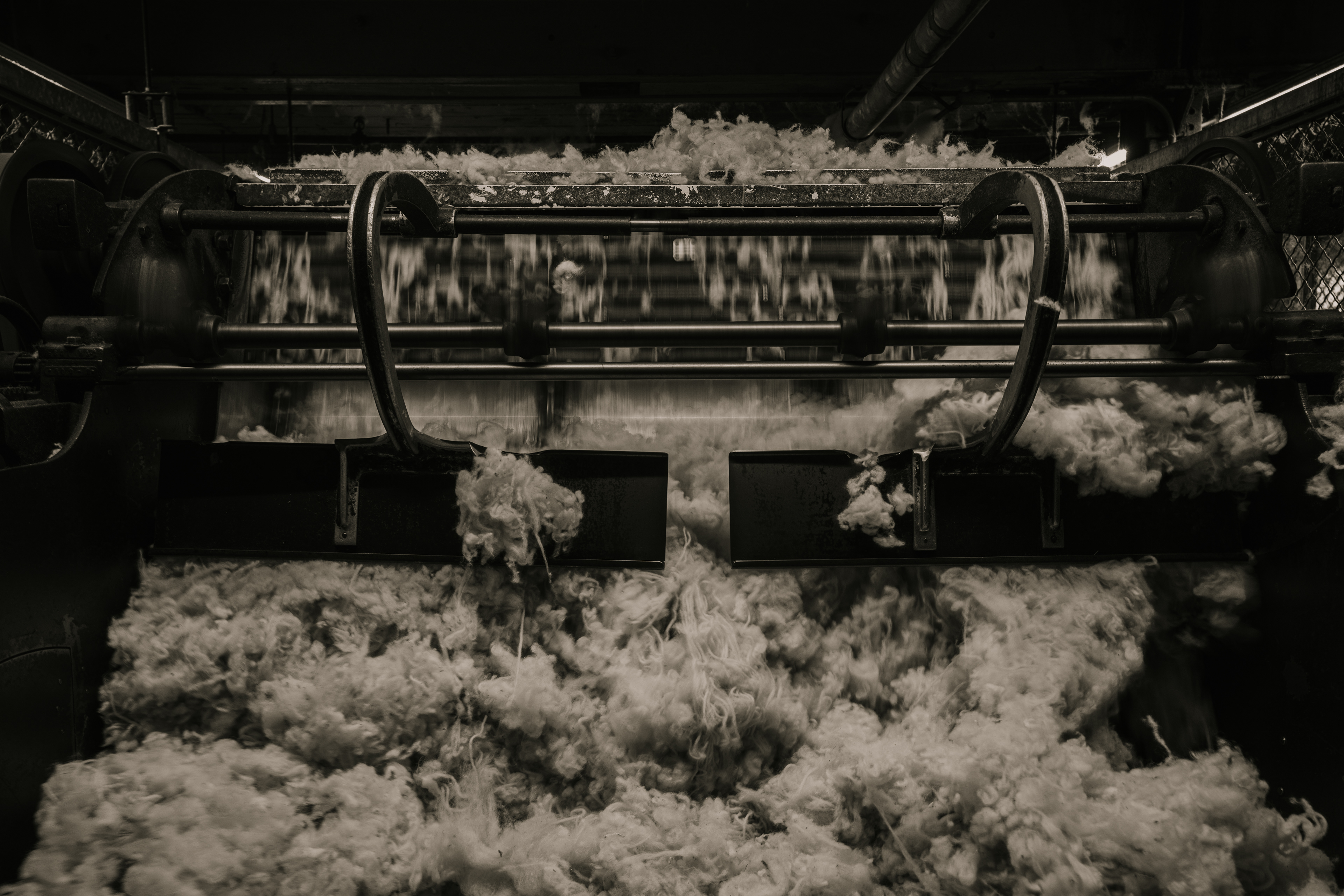
The Carding Machine
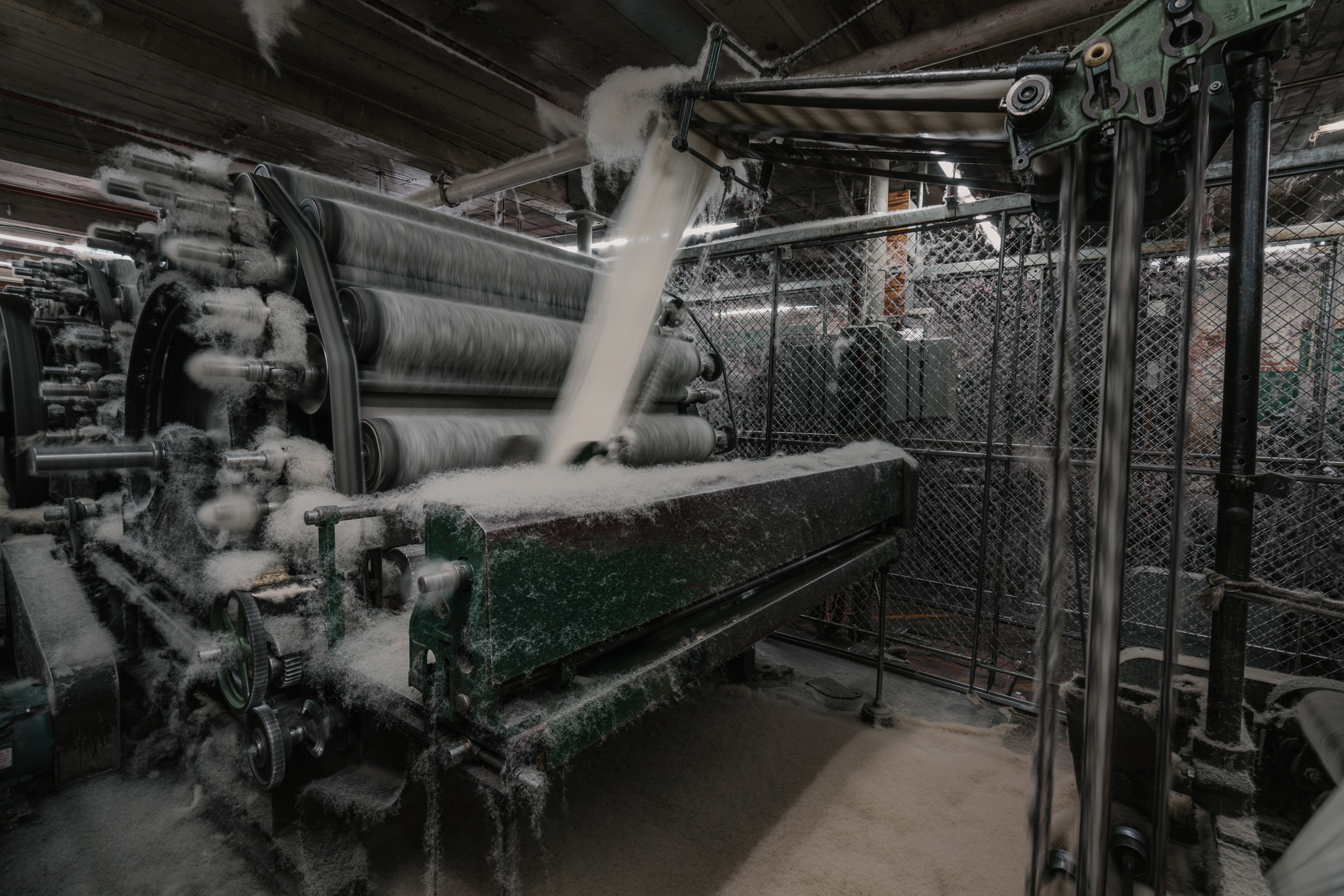
Watching wool ...

Thin layers of wool ...
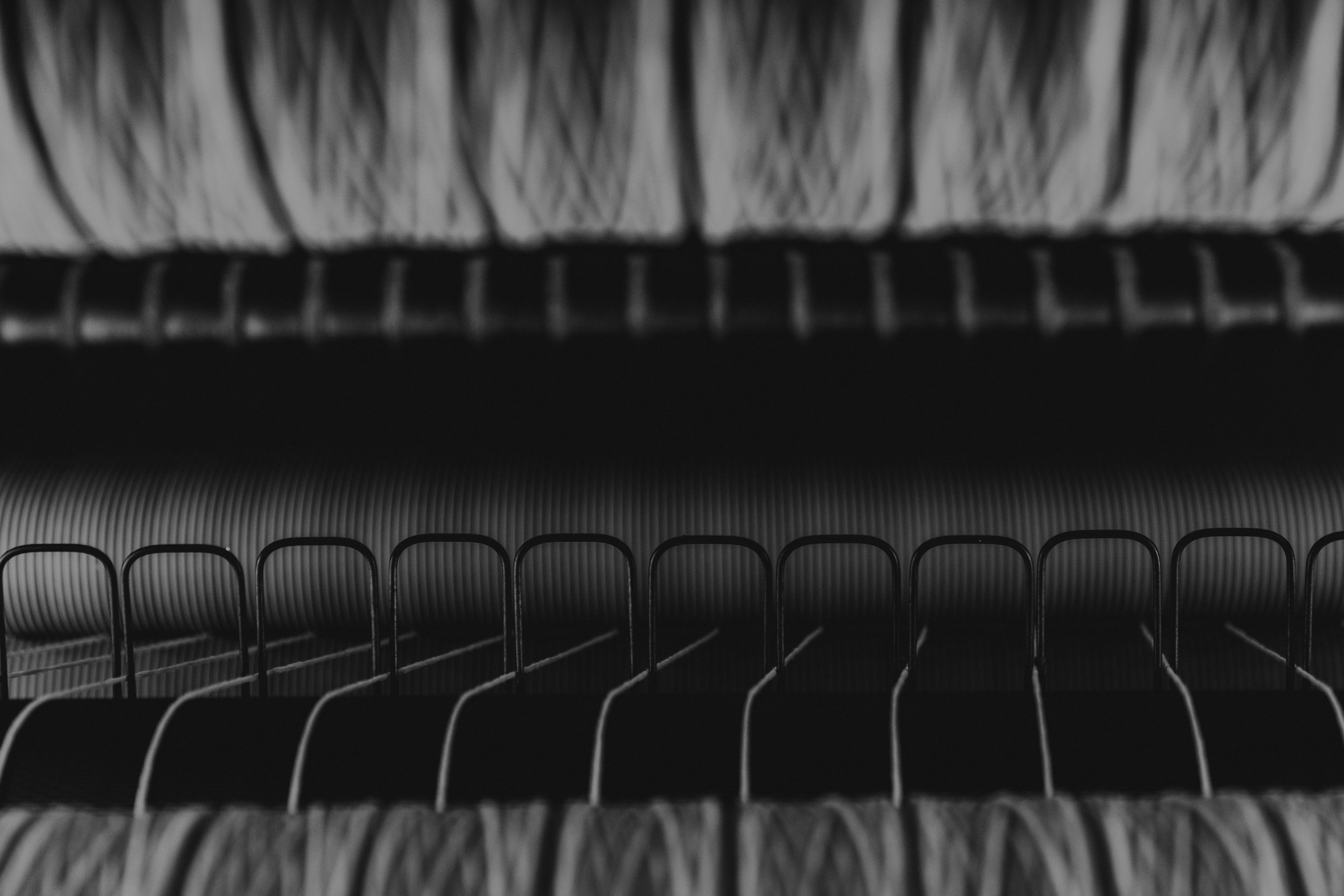
Wool ...

John troubleshooting ...
Here at Ibex, we are proud to say that the wool for our blankets has been carded, combed, twisted and spun into yarn at this very location.
These series of machines are meant to cut, comb, weigh and parcel the wool to a more refined state as it transitions from raw wool to a bobbin full of beautiful merino yarn. Wool truly is an elaborate art and it was quite inspiring knowing how many hands and processes work through this fiber to create the final product.
This very wool we watched transform through the carding machines and spun into yarn would soon be woven into our Ibex Wool Blankets.
With much appreciation to John, Strickland, and the S&D mill crew for sharing their knowledge and expertise.

